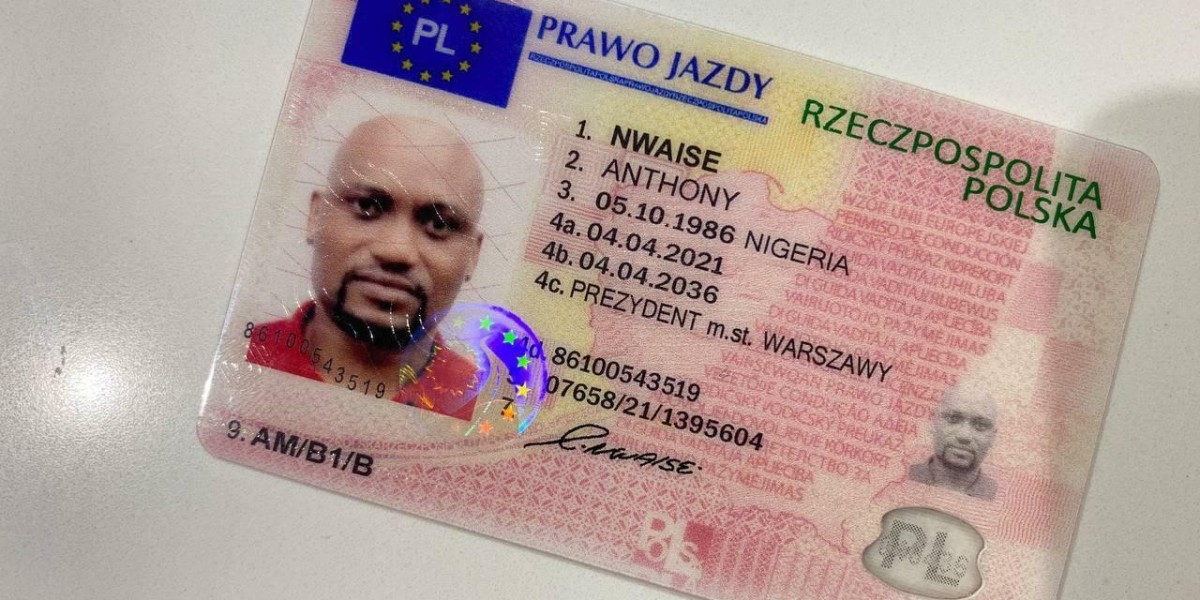 Addresses are a wedding planning task that can be overwhelming. There are a variety of tools available to make this process less stressful and easier.
Addresses are a wedding planning task that can be overwhelming. There are a variety of tools available to make this process less stressful and easier.Accurate address information is essential for credit reports. While mistakes in your address will not affect your credit score, incorrect identifying information can be a red flag for identity theft.
LocationIQ
LocationIQ is a geocoding, mapping, and routing API that assists businesses in tracking the exact location of orders and vehicles. Its robust, 주소모음사이트 scalable, and reliable features make it a great option for businesses that need accurate data and flexible functionality. It can be used to build store locators, add address autocomplete to web forms, and even provide shipping information to customers. It also offers extensive geocoding, which converts coordinates to street addresses.
One of the most useful features of LocationIQ is its autocomplete API, which allows users to automatically fill in the text field by suggesting results based on their previous input. This can help to save time and improve the user experience by removing the need to manually input the address. Autocomplete APIs allow you to give more relevant results by suggesting alternative streets or places based on the context of the search term.
Other features of LocationIQ include an API for map tiles as well as marker clustering. Both of these options can be used to improve the look and feel of maps on real estate websites, thereby making them more appealing and useful for potential buyers. Additionally, they can provide valuable data on the distances between various properties and the transportation links to help home buyers decide the best property for them.
A mapping API is an essential component of any real estate website. A top-quality mapping platform will offer a variety of information on each property, including photos as well as descriptions, ratings, and reviews. It can also display the location of the property and its proximity to nearby attractions and locations. It also provides information about local hospitals, schools and public transport routes.
LocationIQ's mapping API is accessible in a number of languages and can be used to display information about properties in any language. Make use of the parameter "accept-language", followed by the ISO code of the language. For example, if you want to show the results in french, you would use the parameter "accept-language=fr".
Google Maps and LocationIQ offer map APIs but they differ in terms of functionality and price. LocationIQ's pricing structure is more affordable, and its APIs have a generous free pricing tier. However, the service lacks some key features that are available in Google Maps, such as its customization options and Street View feature.
Geocoders
Geocoding is the process of converting address information into geographic coordinates (latitude and longitude). This information is used to map addresses and to perform a variety of tasks, including tracking population growth or identifying patterns in customer behavior. The data can be used by companies to develop marketing strategies or by local governments to plan future infrastructure requirements. The addition of latitude and longitude coordinates allows you to comply with regulatory requirements, such as those imposed on credit bureaus.
Geocoding is a method that involves searching through an array of geographical datasets to find features that match the elements of an address. Typically an address locator searches for the largest area that is included in the address (such as a state or region) and then searches for a matching municipality or postal delivery zone, after which it searches for a street, block, and the street's side and finally, for the house number. If the house number isn't found in the database, it might be interpolated from nearby houses with similar numbers.
There are a myriad of different kinds of geocoders. Each one has distinct characteristics. Google's free geocoding service, for example, offers high accuracy but is limited to 2,500 address per day. Other commercial services provide more than 500 000 addresses per month and can be programmed to work with a particular country or region. These services can be paired with other data sources, such as public address layers or census lookup code.
In addition to latitude and longitude coordinates GeocoderResult objects also includes a variety of types that indicate the kind of feature returned. These types are referred to as tags, for example formatted_address or route, intersection, or political. These types are defined in the syntax of the geocoder's hierarchy and are based on the geographic area that the geocoder covers.
The Pending Cases screen gives an overview of the geocode match results, showing the proportion of addresses that found to be a match to a particular location (matched) as well as the ones that did not match to a particular location (unmatched), or those where multiple locations could be possible (tied). The flags on this screen allow you to determine and manually alter the locations of unmatched and tied features. For example, if an address that is not incorrectly geocoded because of an error, you can manually edit the location.
The issue of normalization
Address normalization is a crucial process in data management. It transforms raw address data into an unified format that is compatible with global standards and allows it to be used by geocoders and other programs. It also improves the accuracy of addresses, reducing errors and costs associated with shipping and billing. Incorrect or incorrect addresses can result in lost or delayed delivery of packages, which can be costly for both businesses and customers alike.
Address standardization is typically automated with machine learning algorithms that analyse and parse the addresses for consistency. This process is quicker and less expensive than manual processes which can be costly for large data sets. The most efficient method of normalizing address data will depend on your specific business requirements, such as volume of addresses or the technology stack. You can choose to utilize a pre-trained model which is available on ArcGIS Living Atlas of the World or you can create your own. The former is suitable for smaller-to-medium-sized datasets while the latter is better suited for large quantities of data in enterprise environments.
There are a myriad of ways to automate this process, including open source software and APIs. These solutions can be integrated into business systems, such as CRMs or RDBMs, and can verify the validity of, standardize, and lookup addresses. They can even add suite numbers to business addresses, which allows USPS delivery sequencing and SuiteLink support. Certain of these solutions can also validate and standardize data in a variety of formats, including XML, JSON, SQL databases, and Hadoop-based repositories.
Poor address data is a multibillion dollar problem despite all efforts made by businesses to eliminate errors. These errors can lead to costly delays in shipment, billing, and marketing as well as lost or returned products. Address standardization is an essential step to ensure that addresses are accurate, consistent and reliable. This is essential for last-mile delivery operations.
Many applications for business require clean, accurate addresses, such as mailing, geocoding, and customer data management. However, many address lists contain mistakes, like misspellings and formatting issues. If these errors are found in the inputted data or in spreadsheet formulas, they can make it difficult to accomplish these tasks. This is why it's essential to standardize your address data prior doing geocoding or deduplication.
Address Validation
Address validation is the use of software to verify and standardize addresses for mailing. This can help companies reduce delivery issues and improve customer experience by identifying any errors in addresses. It also lets them adhere to regulations and standards regarding data collection. Address validation can assist businesses in improving their targeted marketing efforts by supplying accurate information to the correct customers.
While it is important to make sure that addresses are valid There are a few reasons why an address could fail to validate. Sometimes human error is to the blame. These errors can be costly. In some instances it is possible that the address is fake or doesn't exist. This could be due to an unplanned move, demolition, or someone has made up the address.
To avoid these issues, it's essential to have a quality strategy in place. This could include deduping and scrubbering data, as well using an address validation service. This process can be lengthy, but it will save you money in the long run. Address validation can also help you reduce costs and improve delivery.
One way to improve the accuracy of address information is using an autocomplete API. This can be utilized in the form on the web or in a mobile app to suggest addresses that are valid as the user types. This method improves the speed of data entry and eliminates spelling and typo mistakes. It also improves the proportion of completed forms. In addition it assists in ensuring compliance with regulations, such as GDPR and CCPA by removing mistakes in address data.
In addition to modifying and standardizing addresses, certain address validation services also assist with other tasks such as coding, geocoding, and data quality. These services are crucial for companies that handle and store personal information, like retailers and financial firms. It is essential to choose the right provider for your company, since they have various levels of accuracy.
 An address validation service is a program that checks the accuracy of an address by comparing it to a database that is official. It checks for transliteration errors and errors in different writing systems, including Latin, Greek Cyrillic Chinese Pinyin and Japanese. It can also identify duplicates and alert them to be investigated further. It also provides additional information, such as latitude/longitude, RDI labels and time zones.
An address validation service is a program that checks the accuracy of an address by comparing it to a database that is official. It checks for transliteration errors and errors in different writing systems, including Latin, Greek Cyrillic Chinese Pinyin and Japanese. It can also identify duplicates and alert them to be investigated further. It also provides additional information, such as latitude/longitude, RDI labels and time zones.






